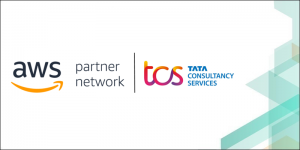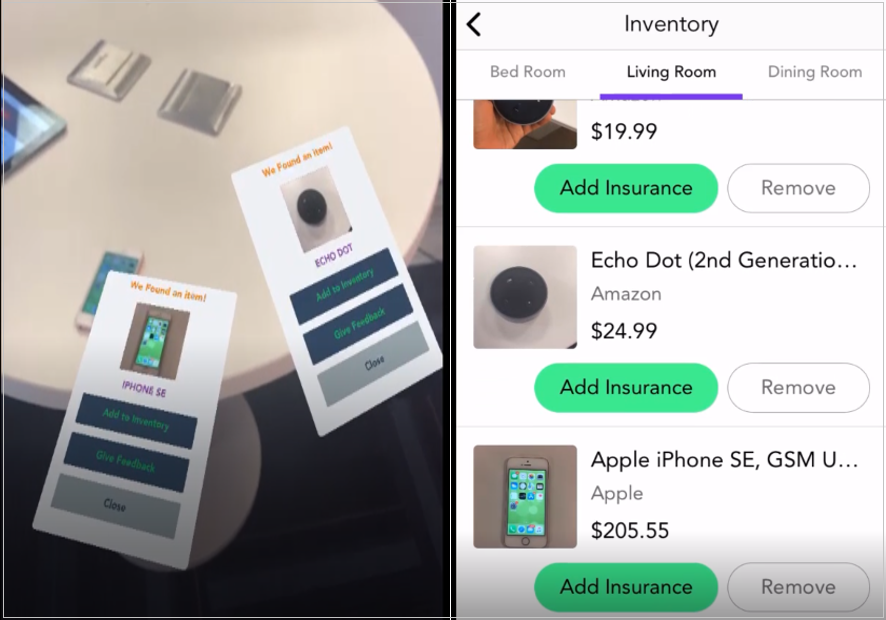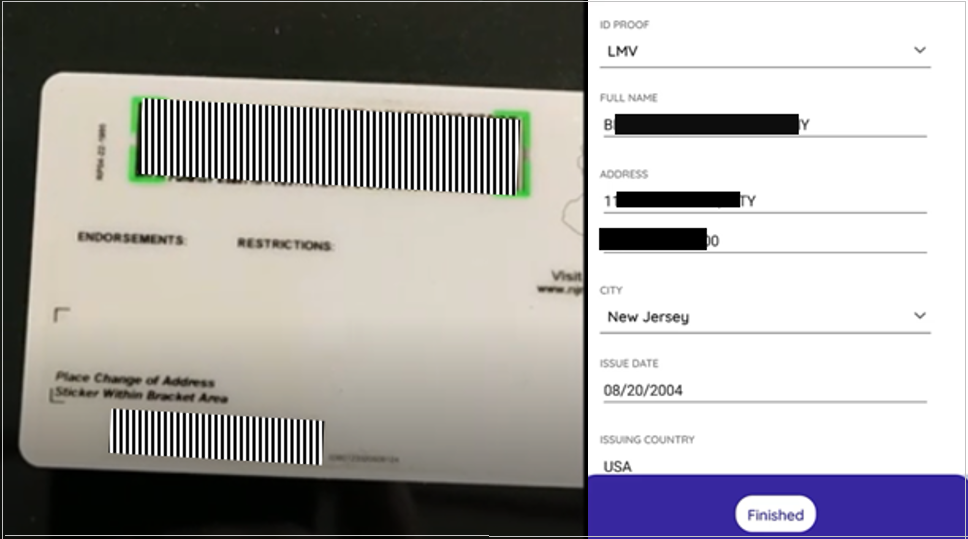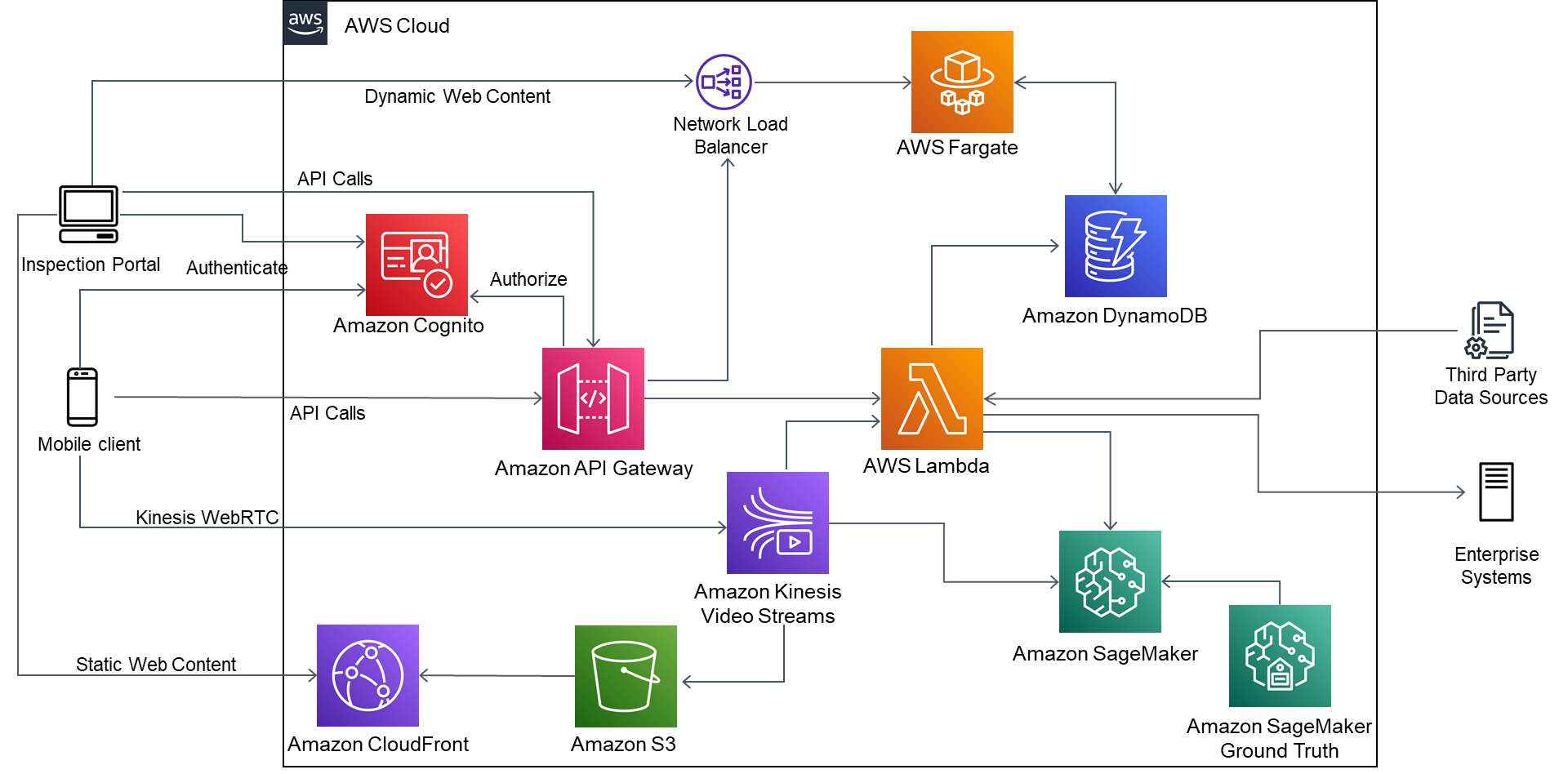AWS Feed
How TCS is Delivering Remote Virtual Inspections for Insurers Enabled by AWS Services

By Balu Subramoniam Vadivel Murugan, BFSI Business Consultant – TCS
By Rajesh V S, Enterprise Architect – TCS
By Karthik Thirugnanasambandam, Sr. Partner Solutions Architect – AWS
 |
| TCS |
 |
Based on historical data, insurers spend more than USD 100 million each year on property inspections.
To keep up with competition, insurers waive manual inspection requirements or work through sub-optimal alternatives. Before issuing or renewing a home insurance policy, property inspections can identify structural risks and unsafe surrounding factors that can affect the premium.
By avoiding inspections, insurers lose the opportunity to adequately consider all factors during underwriting and take on more risk.
According to an industry report, by 2025 more than 40% of physical-experiences businesses will improve financially and outperform peers by extending into virtual experience. Beyond traditional digitization of financial transactions, organizations are looking to benefit from virtualizing costly and time-consuming manual processes.
Of late, COVID-19 disruptions have led to a shift in customers’ attitudes towards doing business virtually for safety and convenience.
Tata Consultancy Services (TCS) is an AWS Premier Consulting Partner and Managed Service Provider (MSP) with the Financial Services Competency that has built a virtual inspection solution on Amazon Web Services (AWS).
This solution is customizable to various inspection use cases, such as home insurance inspections and claims, auto claims damage assessment and estimation, and mortgage inspection.
Using video streams from customers’ mobile cameras, machine learning (ML) models in the TCS solution automatically identify and capture trained aspects such as risks and damages. By using third-party data sources and location-based information, the TCS solution provides unbiased insights and recommendations.
This post provides an overview of the TCS virtual inspection solution, describes the high-level architecture, and explores the potential business benefits for insurers.
TCS Solution Overview
The TCS virtual inspection solution has two main components:
- Frontend mobile/web application that uses the in-device camera to enable inspections to capture live stream to the backend app.
- Remote inspection application that is cloud-hosted and enables remote inspection, and hosts backend services for the mobile app to interact with.
Mobile/Web App
An Android mobile application that uses the in-device camera to scan identity documents and manage the self and remote inspection is available. The mobile app also allows the use of augmented reality (AR) while scanning valuables to be added into the inventory of items.
The mobile app integrates with cloud services to extract third-party property information as well as location-specific information.
Following are some of the features of the mobile app:
- The TCS solution enables customers to get an instant quote by locating their property on the mobile app. The instant quote is based on data obtained from third-party and insurers’ backend systems.
.
Figure 1 – Instant quote for the property.
- Seamless user enrollment by scanning an ID card or driver’s license to retrieve data and prefill customer enrollment forms. This enables customers to verify and enroll with the insurer or mortgage provider in one touch.
Figure 2 – Pre-filled customer enrollment using AR data capture from driver’s license.
- Customers can do a self-inspection of their property by doing a walkthrough after verifying the floor plan. The floor is auto-retrieved from backend third-party data sources like ATTOM for the U.S. geography or through CoreLogic on AWS Marketplace.
Figure 3 – Pre-filled property details.
- This self-inspection can be done in a stretch or room by room.
.
Figure 4 – Self-inspection options.
- During self-inspection, the risks, damages, or safety features are automatically identified by using ML models and augmented reality. This provides property inspectors with more information regarding the property and its risk and safety features or damages.
.
The property inspector can then decide if they have enough information to assess the property. If needed, they can do the remote live inspection as well.
.
Figure 5 – Auto-identification of safety features.
- A unique one-time URL can be generated for inspection by the inspectors for additional remote review.
. - To purchase add-on insurance for valuable items along with home insurance, customers can scan the valuable items using the mobile camera. The virtual inspection solution identifies the items and make, along with all of the different models and price of each model from shopping sites. Customers can verify and add their valuables’ models from the list to the add-on inventory.
.
Figure 6 – Adding a valuable to the add-on insurance inventory.
Remote Inspection Central Application
The remote central inspection application is cloud-hosted and provides REST APIs to integrate with both the mobile device and inspection portal.
The virtual inspection system relies on machine learning to detect risks, safety features, or damages. The application consists of highly customizable services built using API-based microservice architecture.
Service providers can choose assorted backend services according to their requirements and integrate with their enterprise systems, portals, mobile app, and more.
Following are some of the features of the remote inspection central application:
- Live stream video from the customer’s device is sent to the virtual inspection system. This stream data is inferred using ML models to detect objects and highlight on the inspection portal. The inspector can manually tag new areas of interest. The solution can also identify damage type for claims and connect with third-party claims estimation systems for assessing the claims.
- The inspection system uses satellite data to gather information related to the property based on address. The solution uses ML models to identify the property type, number of garages, roof type, presence of solar panels, swimming pools, trampolines, and even estimated floor area. It also identifies roof damage from the satellite images.
- The solution integrates and fetches property information from government and third-party property data sources. For North America, the solution integrates with ATTOM property data to gather floor plans and estimated market value of the property, construction type, year of construction, and more.
- The solution provides flexibility to integrate with other similar third-party sources, including AWS Marketplace sources like CoreLogic.
- The TCS virtual inspection solution gathers geographical risk indicators from national databases, such as distance from hurricane path, distance from gas pipelines, distance from earthquake epicenter, electric lines, bush fires, and flood risk. It can also gather information on protection measures like distance to nearest fire station.
- The solution generates a final recommendation report summarizing the overall risks that were identified and the severity of the risks, and provides a recommended decision.
- In case of claims, it can summarize the overall damages that were detected and provide a summary that can be passed on to third-party damage value estimation services for vehicle or property.
TCS Solution Architecture
The TCS solution uses AWS serverless components in microservices-based architecture. This enables the architecture to be flexible to incorporate customizations with no additional infrastructure requirement. This architecture benefits from the full range of AWS managed services.
Figure 7 – High-Level AWS architecture of TCS solution.
- Amazon SageMaker Ground Truth can be used to do faster labeling of image data for model training.
- Amazon SageMaker is used to generate TensorFlow-based deep learning models that are used for object detection from the live video stream.
- Amazon Kinesis is used for receiving the streaming video at the AWS Cloud end in a serverless fashion. It integrates with Amazon SageMaker-generated models for live object detection before the stream is persisted on to Amazon Simple Storage Service (Amazon S3).
- Amazon Cognito is used to authenticate the web and mobile application. The user authentication can be delegated to customer-provided single sign-on (SSO).
- Amazon API Gateway provides the web and mobile application access to the REST services like location, third-party services, and other application services.
- The containerized dynamic web application that supports the web inspection portal and REST services are deployed in AWS Fargate. This makes the application easier to manage as there is no need to manage any cluster or servers in this serverless model of compute.
- Serverless compute is again used in the form of AWS Lambda to process objects identified by the ML models and to integrate with enterprise systems and third-party data sources.
- Amazon DynamoDB is used to store all event metadata identified from the video streams, as well as data generated using ML models on satellite data and date retrieved from third-party data sources.
Benefits
Most service providers spend significant cost and time on manual inspections. To avoid this, some service providers even avoid inspection, taking on more risk, or opt for sub-optimal solutions.
The TCS virtual inspection solution enables service providers to perform inspections in a quick and cost-effective way. Below are some benefits:
- The TCS solution provides a rich user experience for end consumers. By locating their property in a map-based view, customers can get an instant quote for their property (derived using property and location-based data).
- Through an intuitive user interface, the TCS solution enables consumers to live stream their property for remote inspection, leading to quicker underwriting and policy issuance. This improves quote conversion rate and sales.
- The TCS solution helps to reduce the property insurance underwriting time from 1-3 days to just a couple of hours, depending on the case.
- The solution saves up to 70% of underwriter FTE time, which is traditionally spent gathering information about the property.
- The TCS solution provides a comprehensive view of the geographical risk factors, which helps to improve underwriting accuracy. Insurers will experience lower claims in the future, which in turn increases their profitability and provides an opportunity to offer competitive pricing to consumers.
- By using ML and automating manual processes, the TCS solution helps to increase the productivity of underwriters by 15% and reduce human bias.
Additionally, due to COVID-19 guidelines in many geographies, inspections are either hindered or inefficient due to social distancing measures. This solution helps service providers overcome constraints and continue inspections while ensuring the safety of their customers and employees.
Conclusion
Digital customer experience, particularly with a mobile device, is the most common customer expectation for convenience. The TCS virtual inspection solution enabled by AWS offers a rich customer experience, improves efficiency, and leads to improved profitability for service providers.
TCS has a proven track record in the financial services industry and strong collaboration with AWS to bring well-architected business solutions to market. Contact TCS to learn more about their experience consulting for the financial services industry.
Tata Consultancy Services (TCS) – AWS Partner Spotlight
TCS is an AWS Premier Consulting Partner and Managed Service Provider (MSP). An IT services, consulting, and business solutions organization, TCS has been partnering with many of the world’s largest businesses in their transformation journeys for the last 50 years.
Contact TCS | Partner Overview
*Already worked with TCS? Rate the Partner
*To review an AWS Partner, you must be a customer that has worked with them directly on a project.


